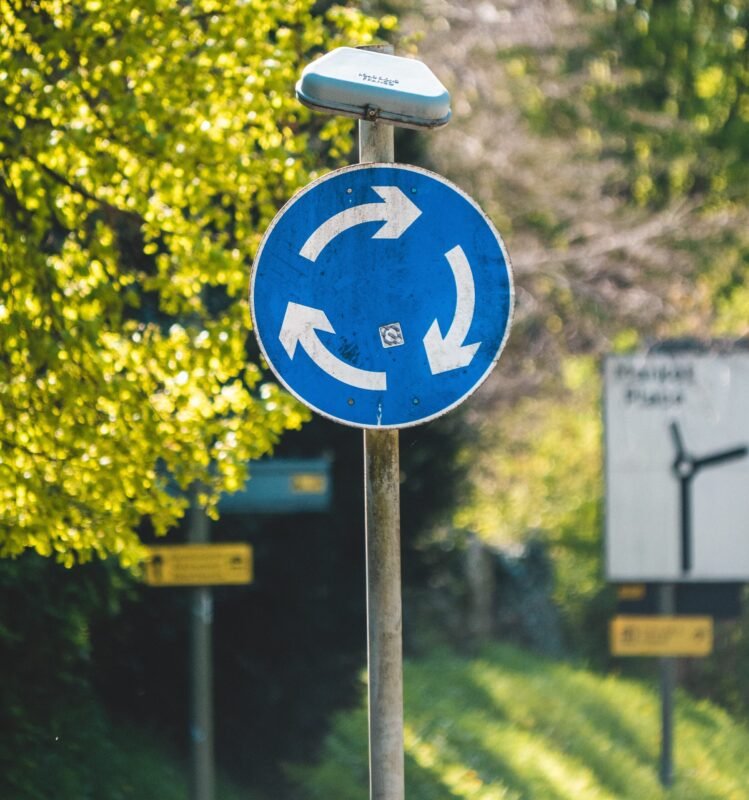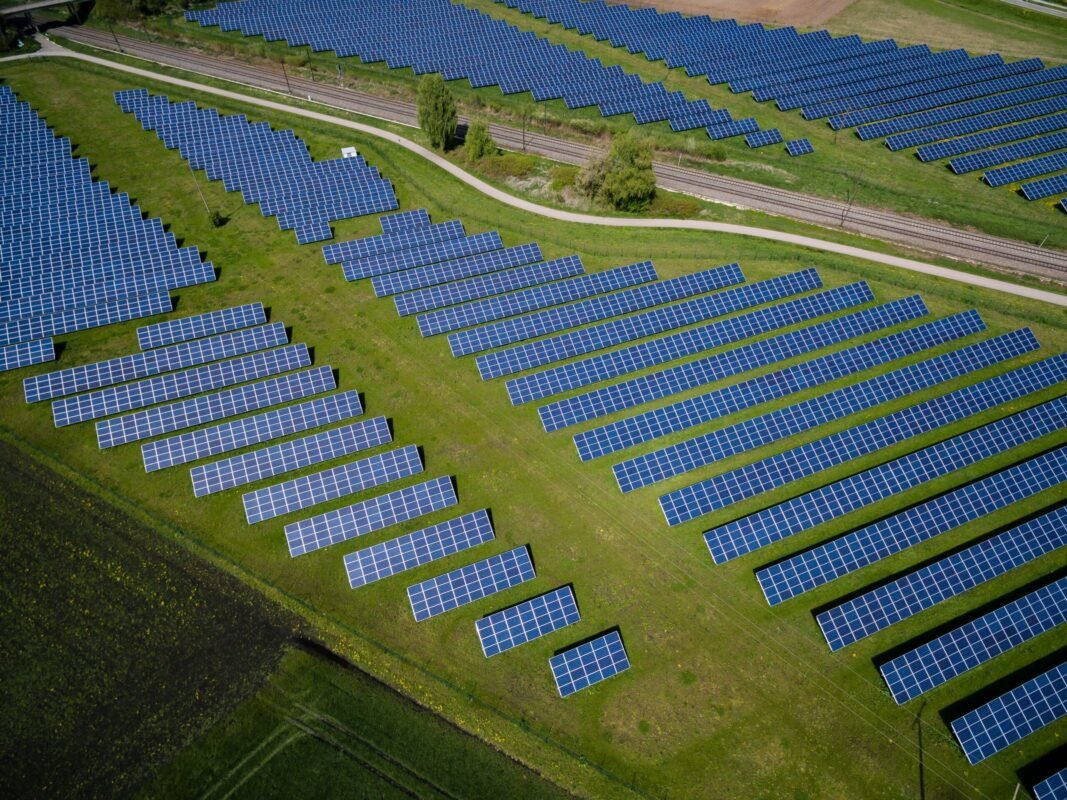10 Eco Friendly Products You Need to Try Today
Making eco-friendly choices doesn’t have to be hard. There are lots of products out there that can help you live a greener life. From reusable water bottles to LED light bulbs, these items can make a big difference. Here are ten eco-friendly products you should try today.
Key Takeaways
- Reusable water bottles help reduce plastic waste.
- Bamboo toothbrushes are a sustainable alternative to plastic ones.
- Beeswax food wraps can replace single-use plastic wrap.
- Solar-powered chargers use renewable energy to power your devices.
- LED light bulbs use less energy and last longer than traditional bulbs.
1. Reusable Water Bottle
Swap your plastic water bottles for the most classic sustainable product: the reusable water bottle! Reusable water bottles come in all shapes and sizes these days. Whether you seek a straw lid, an open mouth, aluminum, or durable plastic, there’s a reusable water bottle for you. Any eco-friendly home has a few reusable water bottles on hand!
Americans purchase an estimated 50 billion plastic water bottles per year. These bottles often end up un-recycled, in our waterways, forests, and other natural habitats. Because of their pervasiveness, plastic water bottles offer a great opportunity for single-use plastic reduction.
2. Bamboo Toothbrush
Switching to a bamboo toothbrush is a simple yet impactful way to embrace sustainability: a path to a greener future. Each year, millions of plastic toothbrushes end up in landfills, contributing to environmental pollution. By choosing a bamboo toothbrush, you can help reduce this waste significantly.
Bamboo is a renewable resource and is usually commercially compostable. This means every three months you can compost your toothbrush, reducing the amount of plastic that ends up in a landfill. When you’re ready for a new brush, simply remove the bristles with pliers to properly recycle them and compost the bamboo handle. You can even swap your traditional plastic tube toothpaste for premium natural toothpaste that comes packaged in a recyclable aluminum tube.
Making the switch to a bamboo toothbrush is a small step towards transforming homes sustainably with eco-friendly solutions like pine needle coffee cups, bamboo beer mugs, and wooden trunk coasters. It’s a simple change that can make a big difference in our environment.
3. Beeswax Food Wraps
Beeswax food wraps are a fantastic eco-friendly alternative to plastic wrap. These wraps are made from cotton, beeswax, jojoba oil, and tree resin, making them safe for food and reusable. You can wash them with cold water and mild soap after each use, which helps reduce waste. Unlike plastic wrap, beeswax wraps are not airtight, so they are best for foods that are not highly perishable.
Here are some benefits of using beeswax food wraps:
- Reusable: They can be used multiple times, which saves money and reduces waste.
- Compostable: When they wear out, you can compost them, making them a sustainable choice.
- Variety: Available in different colors and patterns, they can add a fun touch to your kitchen.
The market for beeswax wraps is growing rapidly, with expectations to exceed $100.6 million by 2024. This shows how popular they are becoming as more people look for eco-friendly products for their homes. By choosing beeswax wraps, you support eco-conscious brands and contribute to a healthier living environment.
4. Solar-Powered Charger
A solar-powered charger is a fantastic eco-friendly product that harnesses the sun’s energy to charge your devices. This is especially useful for camping, hiking, or any outdoor activities where power outlets are not available. These chargers are often dustproof and waterproof, making them durable for various conditions.
Some key features of solar-powered chargers include:
- Ability to charge multiple devices at once
- Long battery life, providing up to 20 hours of power
- Additional features like built-in flashlights and compasses
For those who love the outdoors, a solar-powered charger can be a game-changer. It allows you to stay connected and keep your devices powered without relying on traditional electricity sources. If you’re looking for the best solar charger for travel or remote work, there are many options available that have been tested and rated by experts.
5. Eco-Friendly Laundry Detergent
Switching to eco-friendly laundry detergent is a simple way to make a big impact on the environment. These detergents are made from plant-based ingredients and come in various forms like liquid, powder, and even sheets. They are designed to be non-toxic and free from harmful chemicals, making them safe for both your family and the planet.
One popular option is laundry detergent sheets. These sheets are lightweight, dissolve instantly in any water temperature, and are compatible with all types of washing machines. They are also great for travel because they take up very little space.
Another option is making your own detergent using natural ingredients like Marseille soap flakes and bicarbonate of soda. This method is not only affordable but also sustainable.
By choosing eco-friendly laundry detergents, you are prioritizing human health and well-being by reducing environmental impact and promoting sustainable consumption.
6. Stainless Steel Straws
Plastic straws are a big problem for the environment because they are single-use and often end up in the ocean. Paper straws aren’t much better since they get soggy and still create waste. Reusable stainless steel straws are a great alternative. They are durable, easy to clean, and can be used over and over again.
Here are some reasons to consider stainless steel straws:
- They help reduce plastic waste.
- They are dishwasher safe.
- They come in different shapes and sizes, like straight or bent.
- Bulk purchasing allows businesses to take advantage of wholesale prices, reducing the per-unit cost of each straw.
By choosing stainless steel straws, you can transform your culinary journey with sustainable choices and make a positive impact on the environment.
7. Compost Bin
A compost bin is a must-have for anyone looking to reduce kitchen waste and create nutrient-rich soil. Collecting food scraps and composting is made easy with modern compost bins. You can stash the main unit underneath the sink and pop in the inner bucket once you’re done prepping, cooking, and cleaning up after meals. The machine dries, grinds, and cools your waste, eliminating odors. You can then mix the processed result into soil or bring it to a local composting center.
Here are some benefits of using a compost bin:
- Reduces kitchen waste
- Creates nutrient-rich soil
- Eliminates odors
- Easy to use and maintain
For those with limited space, compact countertop composting options are available. These bins are perfect for small apartments, bathrooms, vans, or caravans. They often feature built-in charcoal filters on the underside of the lid, allowing air to pass into the bin while keeping food scraps odor-free and preventing them from sweating and becoming slimy.
Embrace eco-friendly living by starting with a simple compost bin. All it takes is diverting plant-based kitchen scraps here instead of the trash can, and you’re done.
8. Organic Cotton Towels
Switching to organic cotton towels is a simple yet impactful way to make your daily routine more eco-friendly. These towels are made from 100% organic cotton, which means they are grown without harmful pesticides and chemicals. Enhance your bath time experience with these ethically crafted, luxurious towels. They are available in pure, undyed, and unbleached cotton, making them a great choice for those with sensitive skin.
By choosing organic cotton towels, you are not only treating yourself to a touch of eco chic but also supporting sustainable farming practices. These towels are soft, absorbent, and durable, ensuring they last longer than conventional towels. Plus, they come in a variety of sizes and styles to fit any bathroom decor.
Here are some benefits of using organic cotton towels:
- Eco-friendly: Made from organic cotton, these towels help reduce the environmental impact of cotton farming.
- Chemical-free: Free from harmful chemicals and pesticides, making them safe for your skin.
- Durable: High-quality materials ensure these towels last longer, reducing waste.
- Stylish: Available in various styles and sizes to match your bathroom decor.
Make the switch to organic cotton towels today and enjoy a more sustainable and luxurious bath time experience.
9. Biodegradable Phone Case
Switching to a biodegradable phone case is a simple yet impactful way to protect both your phone and the environment. Pela offers the world’s first 100% compostable, eco-friendly iPhone and Android phone cases. These cases are made from a unique blend of biopolymers and Canadian flax, ensuring they break down completely without leaving harmful residues.
Using a biodegradable phone case means you are helping to reduce plastic waste. Every time you upgrade your phone, you won’t be adding another plastic case to the landfill. Instead, you can compost your old case, knowing it will return to the earth safely.
Brands like Pela are also committed to broader environmental efforts. They donate to various charities worldwide, supporting ocean cleanup and other preservation initiatives. This means that by choosing a biodegradable phone case, you’re not just protecting your device, but also contributing to a healthier planet.
10. LED Light Bulbs
Switching to LED light bulbs is one of the simplest ways to make your home more eco-friendly. LED bulbs use significantly less energy than traditional incandescent bulbs, which means they help reduce your electricity bill and your carbon footprint. They also last much longer, so you won’t need to replace them as often.
Here are some benefits of using LED light bulbs:
- Energy Efficiency: LED bulbs use up to 80% less energy than traditional bulbs.
- Longevity: They can last up to 25 times longer than incandescent bulbs.
- Cost-Effective: Although they might cost more upfront, their long lifespan and low energy use save you money in the long run.
- Environmentally Friendly: LEDs do not contain harmful chemicals like mercury, making them safer for the environment.
By making the switch, you are taking a small but impactful step towards a more sustainable future. For more tips on how to explore eco-friendly products and innovations for a sustainable future, check out our article on [nature’s best: unveiling the latest in eco-friendly innovations](pathname: /natures-best-unveiling-the-latest-in-eco-friendly-innovations). Additionally, for a comprehensive guide on eco-labels, sustainable materials, and ethical beauty, visit [navigating the green marketplace: a consumer’s guide to eco-friendly shopping](pathname: /navigating-the-green-marketplace-a-consumers-guide-to-eco-friendly-shopping/).
Conclusion
Switching to eco-friendly products is a simple way to make a big impact on our planet. By choosing items like reusable water bottles, bamboo toothbrushes, and beeswax food wraps, you can help reduce waste and protect the environment. Every small change counts, and together, we can make a difference. So why not start today? Shop sustainable products for your home and save 10% with the code: BLOG10. If you enjoyed this article, please share it and help spread the word. Thank you! 😊
Frequently Asked Questions
Why should I use a reusable water bottle?
Reusable water bottles help reduce plastic waste and save you money in the long run. They are also better for your health as they don’t contain harmful chemicals found in some plastic bottles.
How is a bamboo toothbrush eco-friendly?
Bamboo toothbrushes are made from natural materials that decompose much faster than plastic. This helps reduce the amount of waste in landfills.
What are beeswax food wraps used for?
Beeswax food wraps are used to cover and store food. They are reusable and can replace single-use plastic wraps, helping to reduce plastic waste.
Can I really charge my devices with a solar-powered charger?
Yes, solar-powered chargers use the sun’s energy to charge your devices. They are a great eco-friendly alternative to traditional chargers.
What makes laundry detergent eco-friendly?
Eco-friendly laundry detergents are made from natural ingredients that are less harmful to the environment. They often come in recyclable packaging and are free from harsh chemicals.
Why use stainless steel straws?
Stainless steel straws are reusable and help cut down on the number of plastic straws that end up in the ocean. They are easy to clean and can last a long time.
What is the benefit of having a compost bin?
A compost bin allows you to turn food scraps and yard waste into nutrient-rich compost. This reduces the amount of waste you send to the landfill and provides free fertilizer for your garden.
Are biodegradable phone cases durable?
Yes, biodegradable phone cases are designed to be just as durable as regular phone cases. They protect your phone while also being better for the environment since they break down naturally over time.




